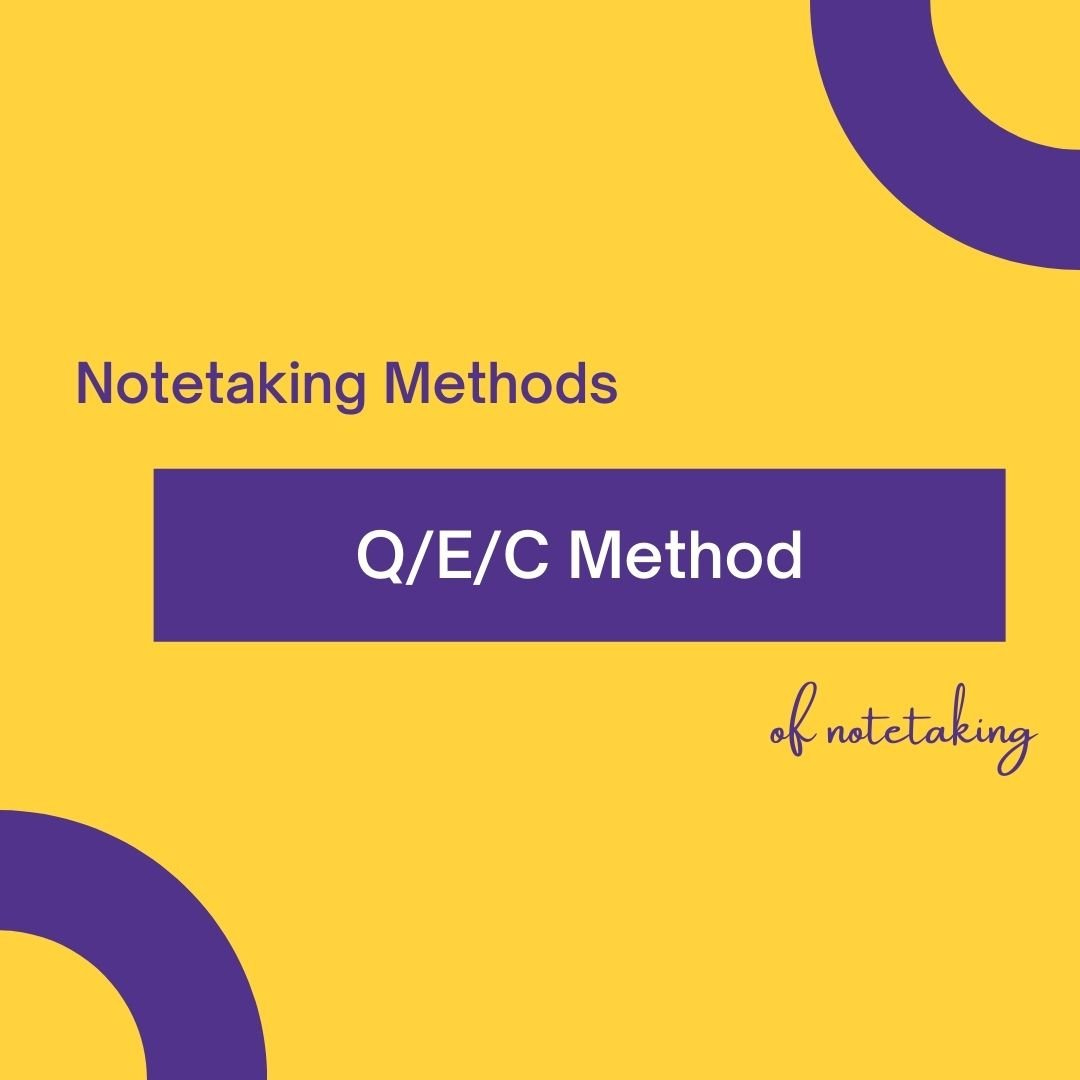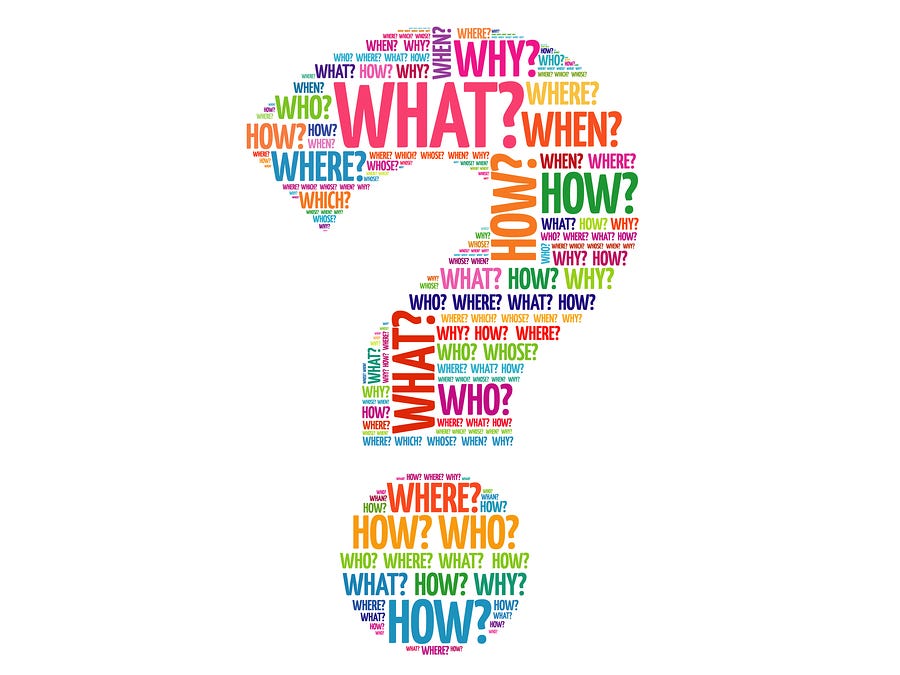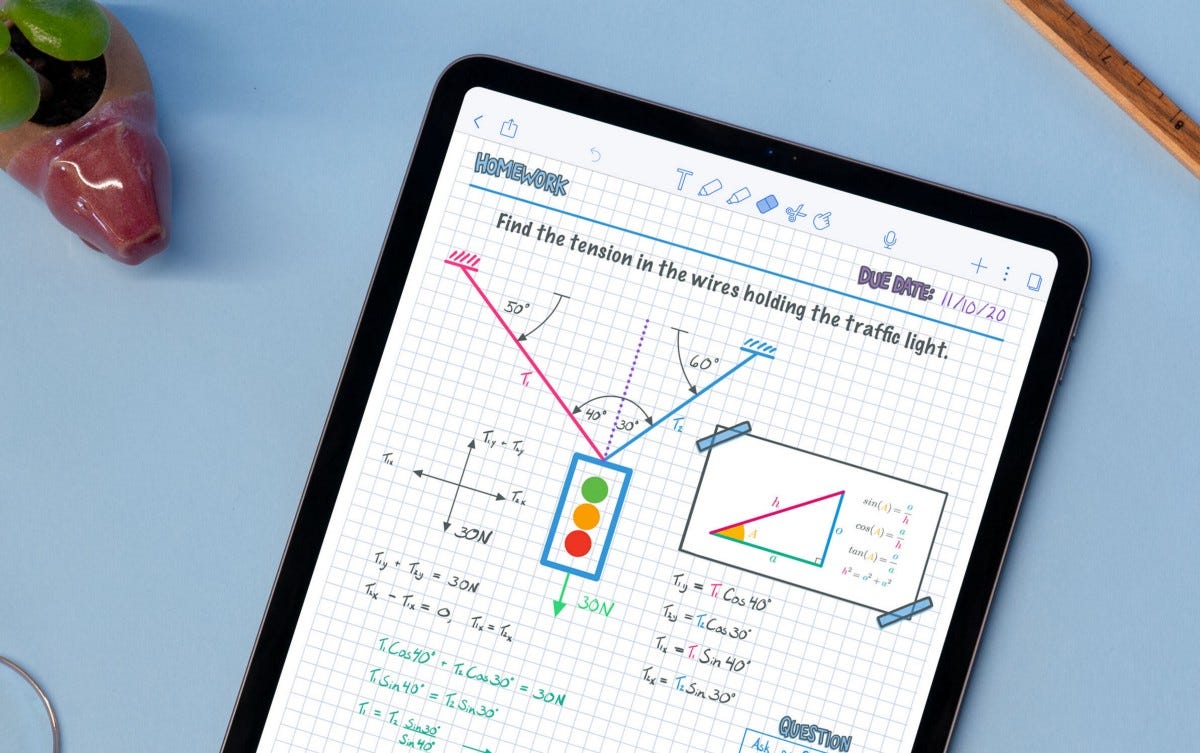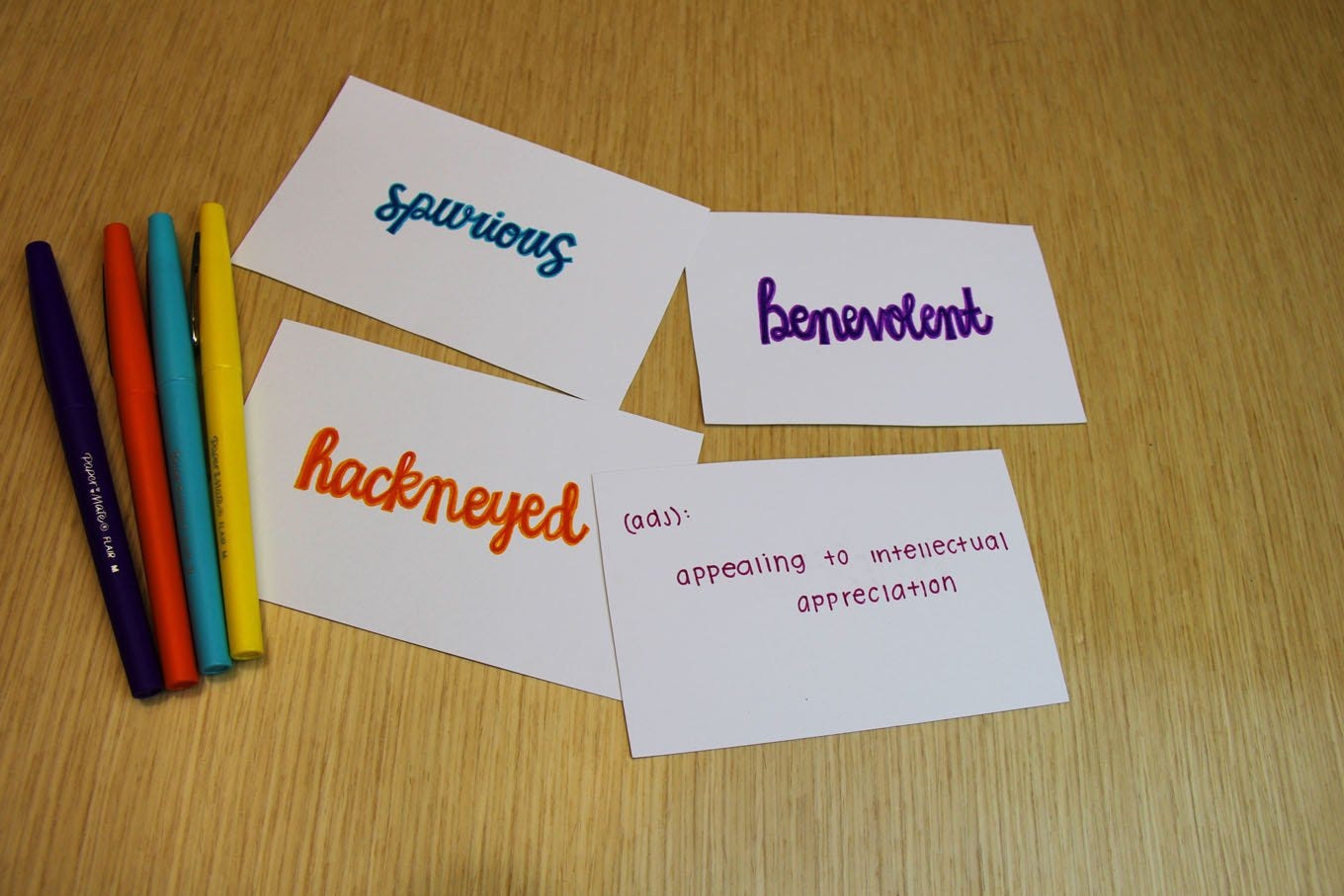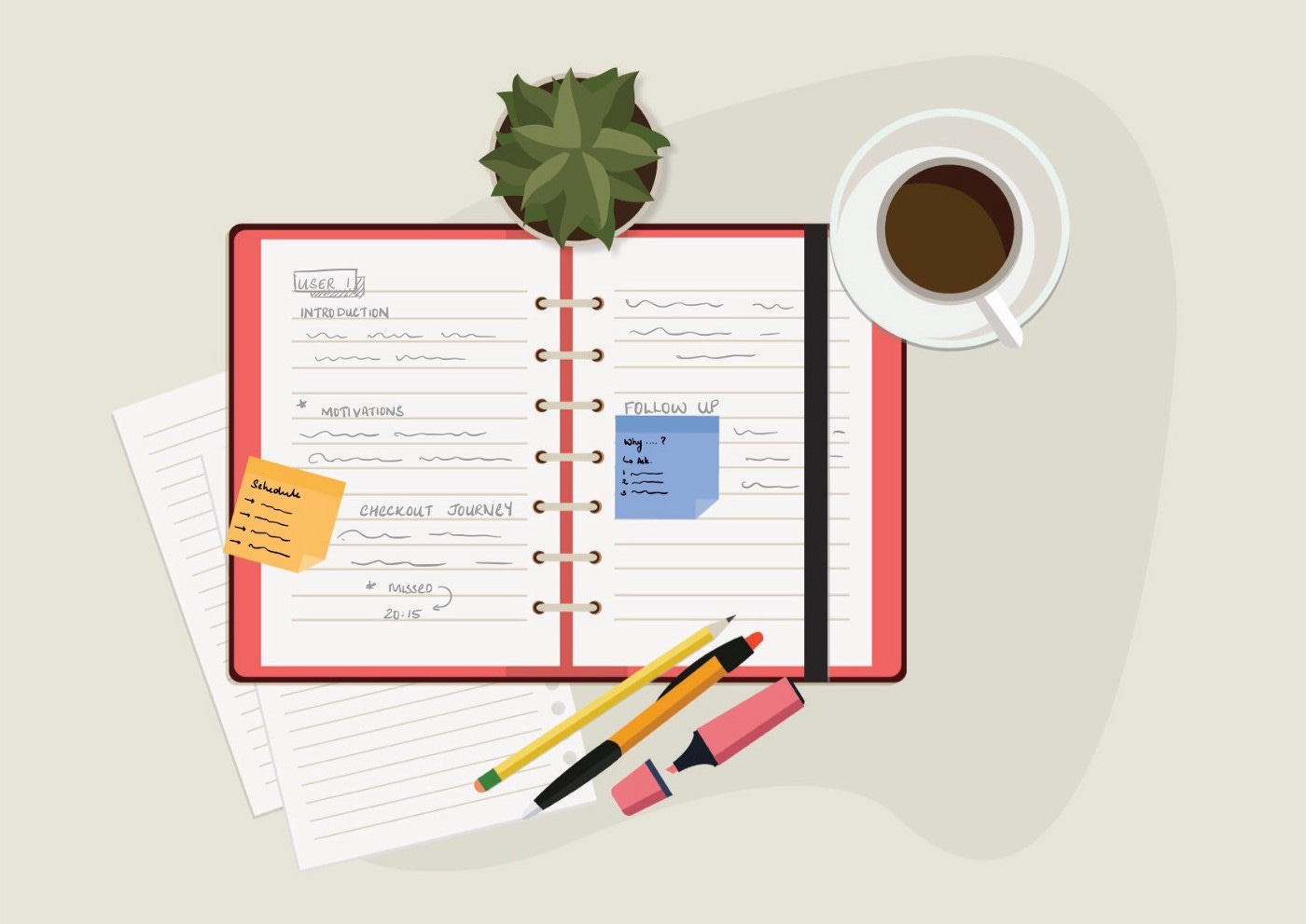Note-taking Guide for Effective Comprehension and Efficient Studying
Note-taking strategies highlighted from the book, How to Be a High School Superstar
Housekeeping
Hello everyone! Happy Saturday. This post will be the first post of a two-post series about effective note-taking and efficient study techniques for students. Particularly, in this post, I will highlight efficient and effective note-taking strategies for high school students from Cal Newport’s book How to Be a High School Superstar. The techniques and ideas discussed in this post are a summary and breakdown of exactly what Cal suggests in his book. They are not my ideas. These ideas are part of his five-step process to creating an ideal Student workweek (which involves a lot of free time) and also to significantly reduce homework and study time for students.
My goal is to make it easy for you to understand and apply these strategies to boost your understanding of content and prepare you for successful studying. The second post of this series will explain efficient study techniques using the note-taking strategies from this post. So definitely check out the next post, when it’s out. I hope these tips are helpful. Enjoy reading :)
Note-taking
An important part of a high school student’s life is note-taking. Your notetaking during class and at home can significantly affect how you understand concepts, how well you prepare for tests, and how long it takes you to study.
Now, I will get to the point. How to take good notes?

Non-Math Courses (THE QEC method)
When taking notes, try to organize the information into big ideas. Cal suggests using the QEC (question/evidence/conclusion) method, which is when you reduce the ideas/information presented into questions paired with conclusions. During the lesson, you also look for evidence that connects the two (question and conclusion). For example, when you are learning about interest groups in your AP Government class, your big picture question might be:
Question: Why are interest groups important?
Now, as the teacher explains the topic, record any relevant facts such as:
Evidence:
Interest groups represent a specific cause.
They engage in lobbying, etc.
As you record this evidence, try to point out the conclusion the teacher is pointing towards. Keep thinking as your evidence grows and eventually, you’ll hit the conclusion. For example, in this case, it might be something like this:
Conclusion: Interest groups help make the policymaking process more democratic by serving as a linkage institution between the people and the government. They provide representation for diverse interests and valuable information to influence public policy and decision-making.
If you don’t find the conclusion, go back to your notes. If you still don’t find it ask your teacher. They would be exhilarated to hear a content question from a student after class.
Cal suggests this same technique for reading assignments at home. When you read the textbook, use the QEC format to take notes. If you can’t find the answers to any questions, go back to the specific section of the chapter that might have it. If you still can’t find it, mark that section in your notes with a question mark and ask your teacher the next day. Most importantly, Cal suggests: “Whatever you do, don’t simply highlight your textbook—this does nothing to help you learn the information.”
This method works because it forces you to effectively process the information the first time. So, later when you come back to study the same material, you can get through it much faster as you’re just reviewing what you already know. This is more efficient than re-reading everything and making quick and weak conclusions during tests.
If you found the tips useful, please share this post with others so everyone get benefit from these brilliant strategies.
Math Courses
Record: For math classes, Cal recommends that you record the question, and all the steps needed to answer for sample problems the teacher does in class. Even if the teacher’s pace is too fast, record the answer, so you can use it to help you practice later.
Reword: An additional tip: take notes on the teacher’s explanations. Math teachers spend a lot of effort to figure out the best way to explain the ideas behind topics they teach. Take note of them and reword them using your own words.
Reformat: Formatting is important for math. Make sure to use different indicators for different types of problems. For example, adding big stars next to important ideas, numbering steps, etc.
Memorization (Index Cards)
For information that needs to be memorized like names and dates, record them on index cards. Write the question on one side of the card (e.g., “When was the US Supreme Court established? And the answer on the other side (“1789”). Do the same when you are reading textbooks. When studying, shuffle the cards and try to answer each one. If you can’t answer some of them, put those in a separate pile so you can return to them later. Flashcards are the fastest way to memorize facts.
This method can also be implemented digitally through various sites and apps such as Quizlet and Anki.
General
For all subjects, whenever you don’t understand something in class or while reading, put a question mark next to it. Your goal is to find the answer within the next 48 hours. You can do this by asking a peer or teacher, reading specific sections of a textbook, or googling the question. As Cal wrote, “If you make a habit of eliminating your confusion as it arises, you’ll find that the studying process goes much faster.”
The whole point of these note-taking strategies is to ensure that by the time you start studying, you already did the hard work of organizing and understanding the information. It prevents you from wasting hours on making sense of your notes or relearning a topic completely.
A Note from Me
I have not consistently implemented most of these techniques before. Therefore, I do not have first-hand experience with how successful they are. However, it is clear from the breakdown that they are compelling and statistically they have proven to be successful for many excellent high school students. Part of my reason for writing this post is to break down these strategies for myself so I can start applying them to my life. Although I’m in my last year of high school, I am excited to apply these note-taking strategies in my current classes and later in college. I hope to share my experiences with these notetaking strategies in the future. I strive to understand all information as its being taught in the class and reduce my studying time for all subjects.
Thank you so much for reading! Check out my next post when it comes out, to learn about the most efficient study techniques as outlined in How to Be a High School Superstar. Have a great weekend!!
If you found the information valuable, please share this post and consider subscribing to my newsletter to receive weekly posts about productivity, student life, living intentionally and more, directly to your inbox.


